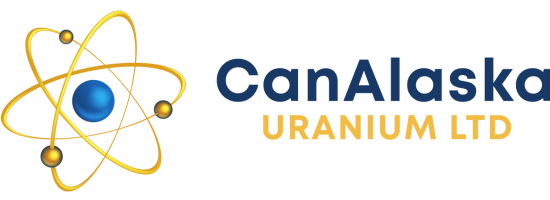Overview
- “Pike Zone” – Unconformity-hosted high-grade uranium discovery made in Summer of 2022 is the main focus of the Company’s recent efforts on the project
- Close to the world’s richest Uranium Mine, Cameco’s McArthur River
- Adjacent to Fox Lake Deposit, discovered by Cameco in 2013
- Over $25 million of work successfully identified 7 Target Areas
- Multiple exploration targets remain on property
- Objective: a large unconformity-basement uranium deposit
- CanAlaska is 85% owner and operator of Joint Venture with Cameco
Location and Ownership
The West McArthur project is located in the Eastern Athabasca Basin in Saskatchewan, between 6 and 30 kilometers west of the producing McArthur River mine (674.8 million pounds U₃O₈ at a grade of 16.99%).1 Cameco’s Fox Lake deposit (68.1 million lbs at a grade of 7.99% U₃O₈) is located immediately east of the property.2 The West McArthur property was staked by CanAlaska in 2004 and optioned in April 2007 to Mitsubishi Development Pty Ltd., a subsidiary of Mitsubishi Corporation of Japan. In January 2016, CanAlaska Uranium Ltd. bought Mitsubishi’s 50% interest to hold 100% in the West McArthur property. Under an option agreement with Cameco signed in February 2016, drilling confirmed a new zone of high-grade uranium mineralization, the ’42 Zone’ at Grid 5. In late 2018 CanAlaska resumed Operatorship, with Cameco as a 30% JV partner. In 2022, CanAlaska announced the discovery of the Pike Zone on the West McArthur project.
CanAlaska has since sole-funded exploration on the project, increasing its ownership to over 85%.
Exploration
- Historical exploration on the project by Kerr Addison, Cogema, and Cameco includes airborne and ground geophysics, lithogeochemical surveys, and lake sediment surveys covering more than half of the property, documented in over 60 assessment reports. Several Electromagnetic conductors have been identified. CanAlaska compiled all of this data, both on and off property to create a powerful exploration dataset for this project.
- From 2005 to 2012, CanAlaska has completed numerous airborne and ground geophysical surveys to locate targets for drilling. Seven main target areas have been defined on the project area, of which four have been drilled. Propsective alteration zones and mineralization were located in all four, with Grid 1 and Grid 5 producing the best results. Grid 5 is located on the Eastern edge of the project and the Grid 5 basement conductor appears to be a continuation of the C10 conductor along which hosts Cameco’s Fox Lake deposit.
- Starting in 2016, once the Cameco option was signed, drilling by Cameco focused almost exclusively on Grid 5, tracing the structure that is host to the Fox Lake deposit. These efforts lead to the discovery of a new zone of uranium mineralization in August of 2017, which the company now refers to as the ‘42 zone’. Over the course of five drill seasons, Cameco continued to evaluate the Grid 5 trend, identifying significant structure and zones of alteration along the trend to the southwest of the ‘42 zone’.
- In late 2018, upon formation of the joint venture, CanAlaska took over operatorship of the project. The Company focused on evaluating the mineralization, structures and alteration immediately along strike to the southwest of the ’42 Zone’.
- In 2022, the Company announced a new discovery, referred to as the Pike Zone, that consists of high-grade basement hosted uranium mineralization. The Pike Zone is approximately 6 km to the southwest of the ‘42 zone’ along the C10S conductive corridor. The discovery hole, WMA067 intersected 9.0 m @ 2.4% U₃O₈ over 100 m into the basement, including 6.0 m @ 3.5% U₃O₈.
- Through 2023, the Company continued to grow the Pike Zone discovery. At the end of 2023, basement-hosted uranium mineralization had been confirmed over 160 metres into the basement along the controlling fault structures.
- In the winter of 2024, the Company announced the discovery of high-grade unconformity associated uranium mineralization at the Pike Zone. Throughout 2024, the Company continued to grow the Pike Zone with multiple intersections of high-grade uranium mineralization.
Geology
Basement rocks comprising Archean granitoids and Lower Proterozoic (Trans Hudson) Wollaston and Mudjatik group metamorphic rocks. These metamorphic rocks are composed of supracrustal rocks (psammites, pelites and minor greenstones) and associated intrusions. These are overlain by an estimated 600 to 850 metres of flat-lying Athabasca sandstones and conglomerates.
Potential
This project has demonstrated potential for the discovery of high-grade unconformity style and basement-hosted uranium mineralization like Cigar Lake, McArthur River, or Arrow. The area has numerous conductors and faults with act as both conduits and traps for potential uranium mineralization. A number of structures and conductive targets have been identified from the Company’s exploration efforts.
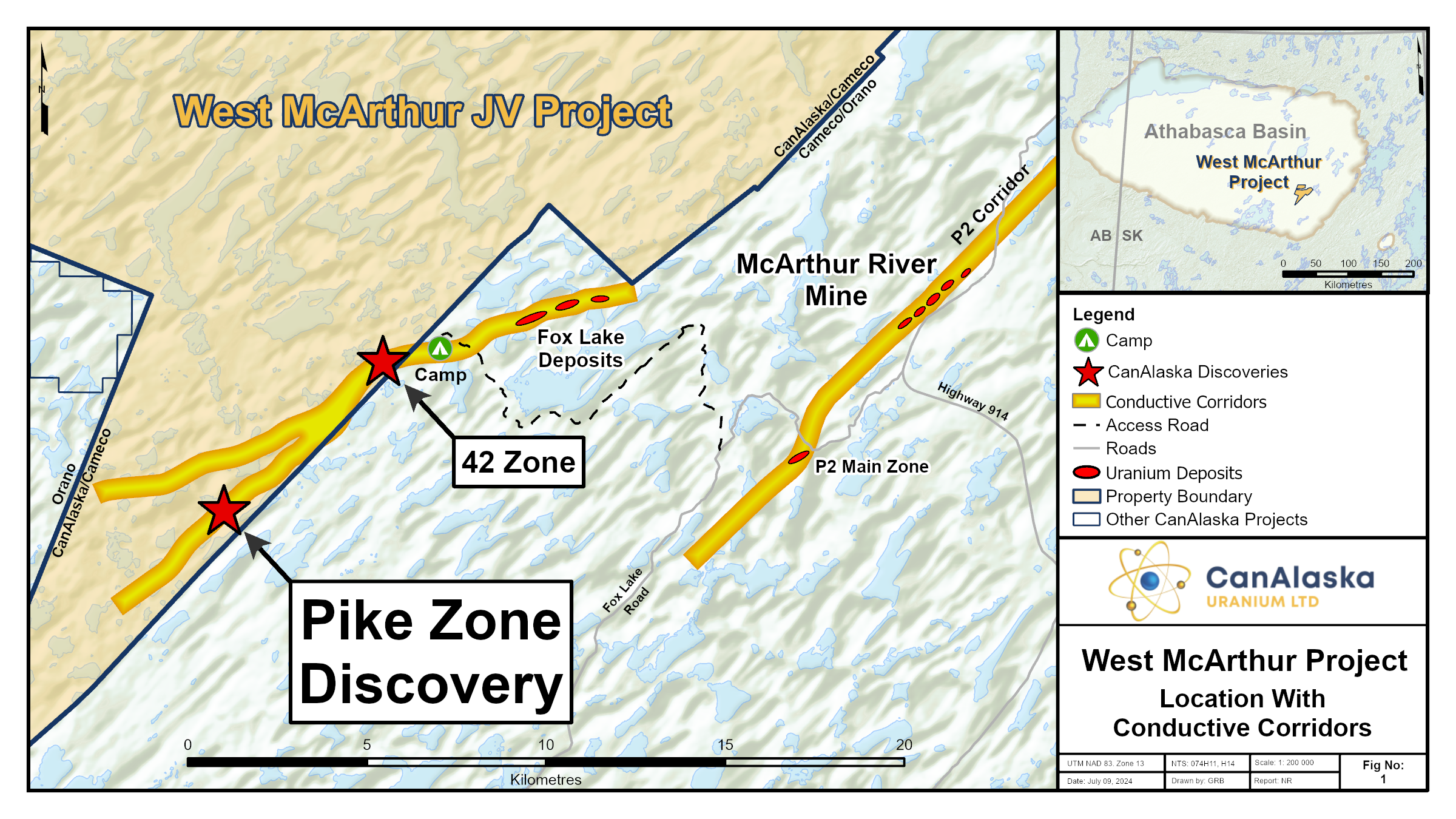
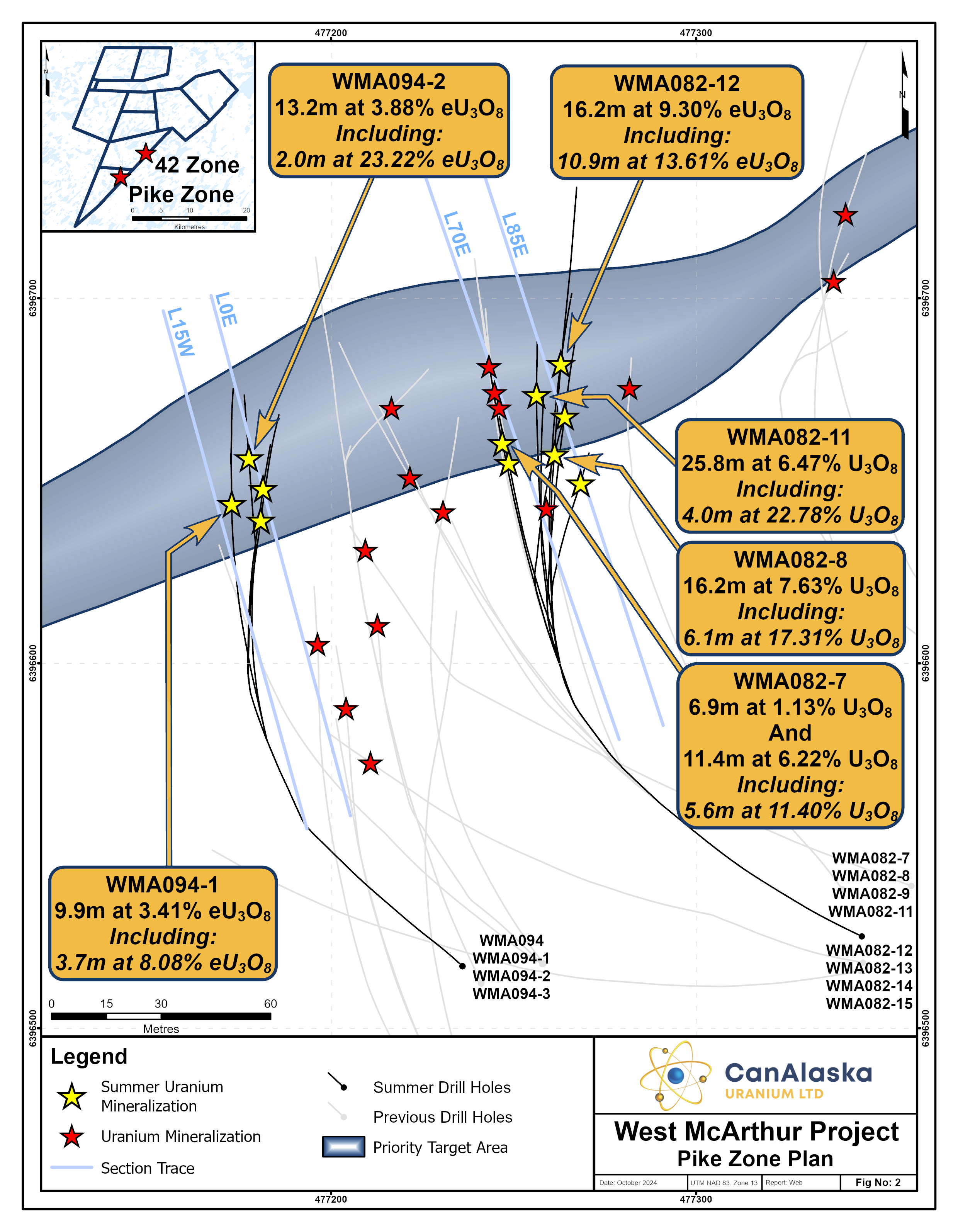
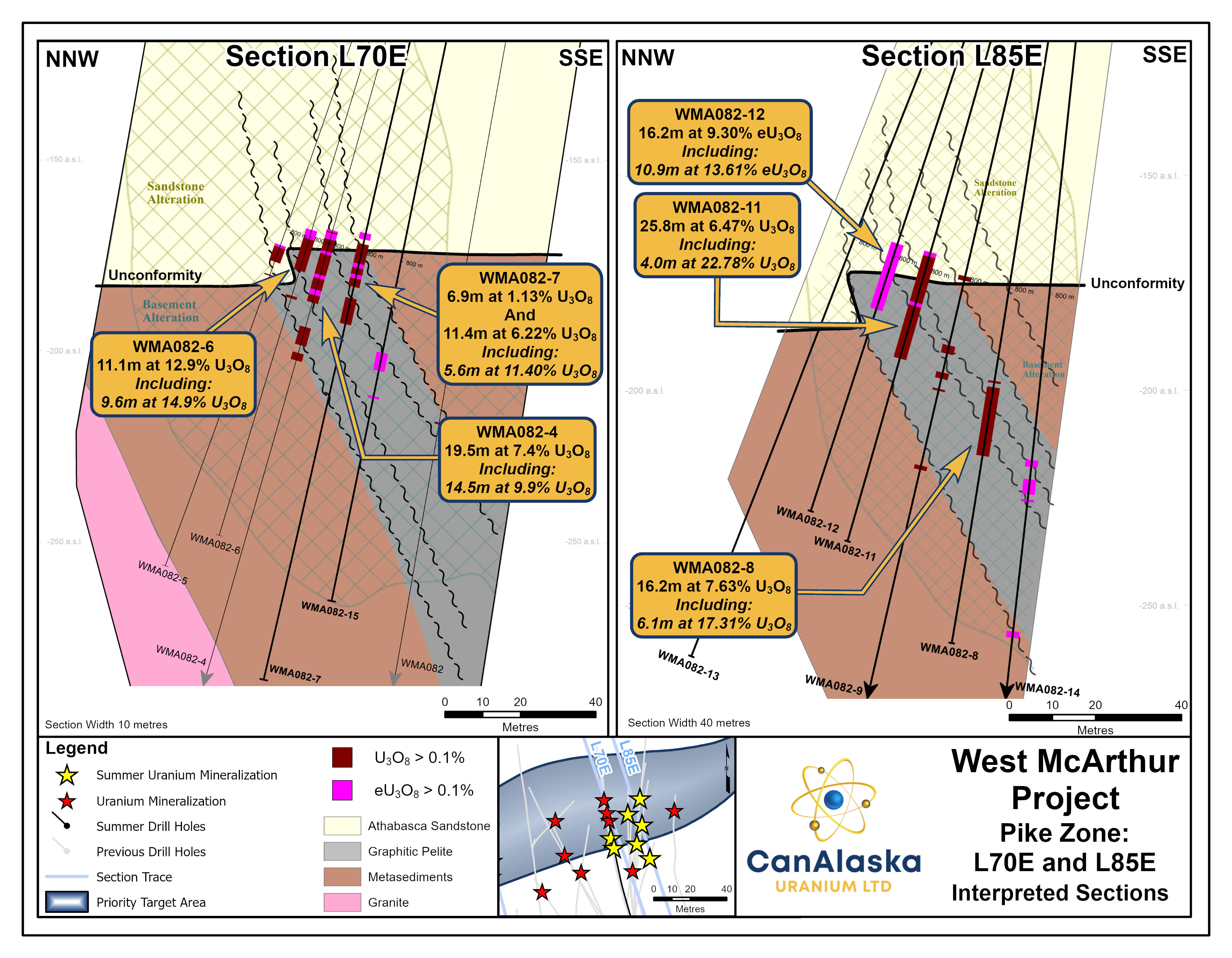
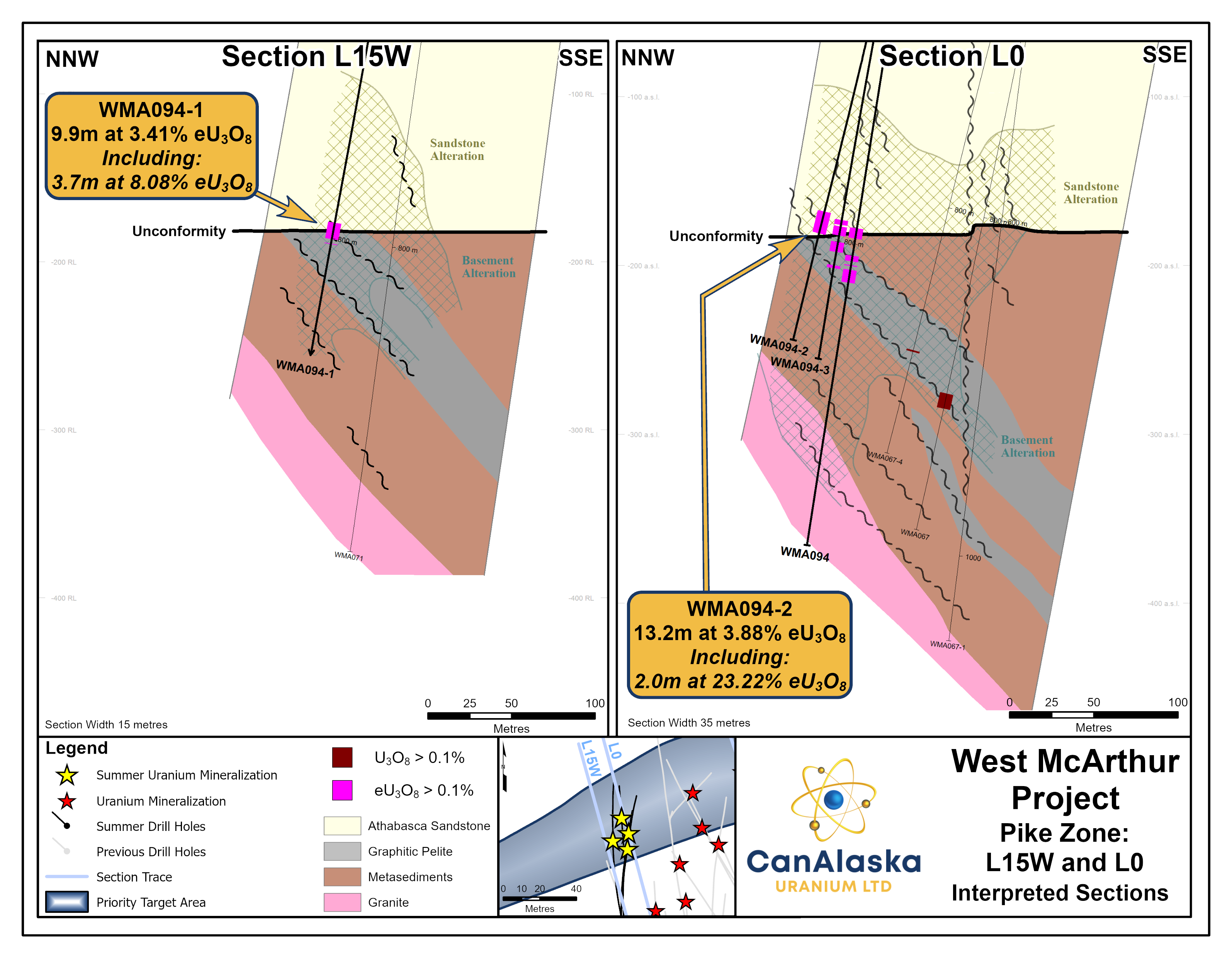
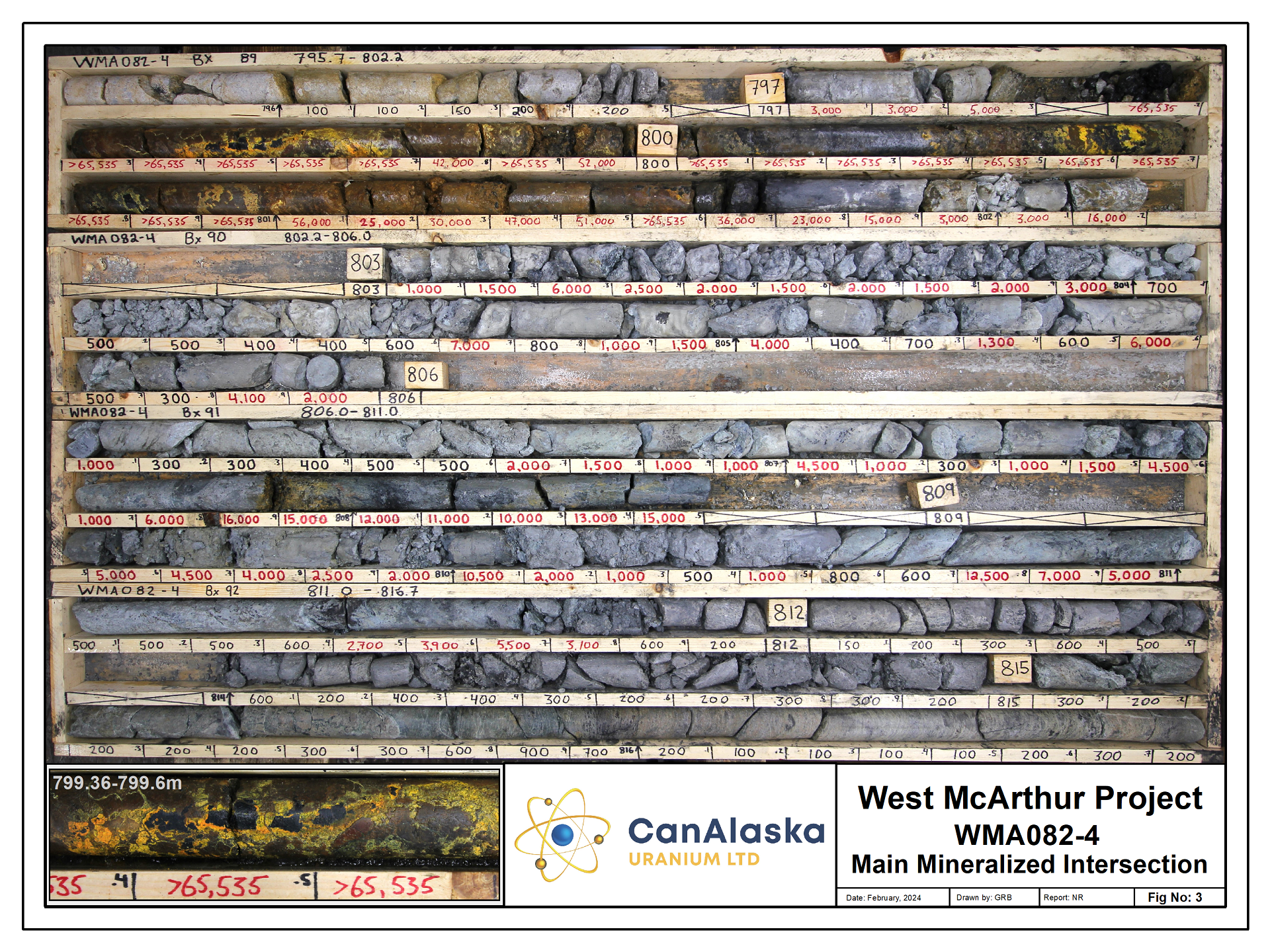
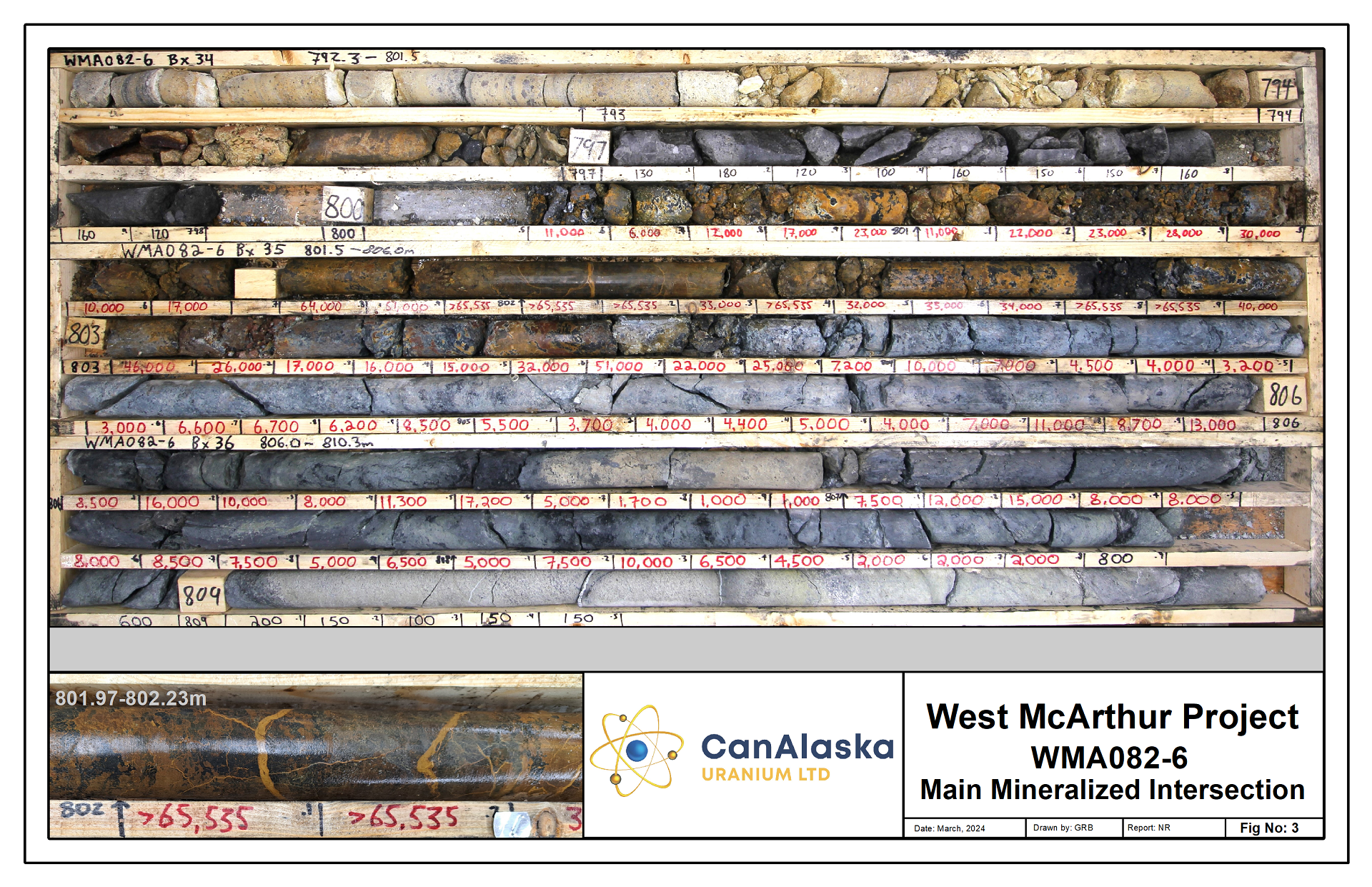
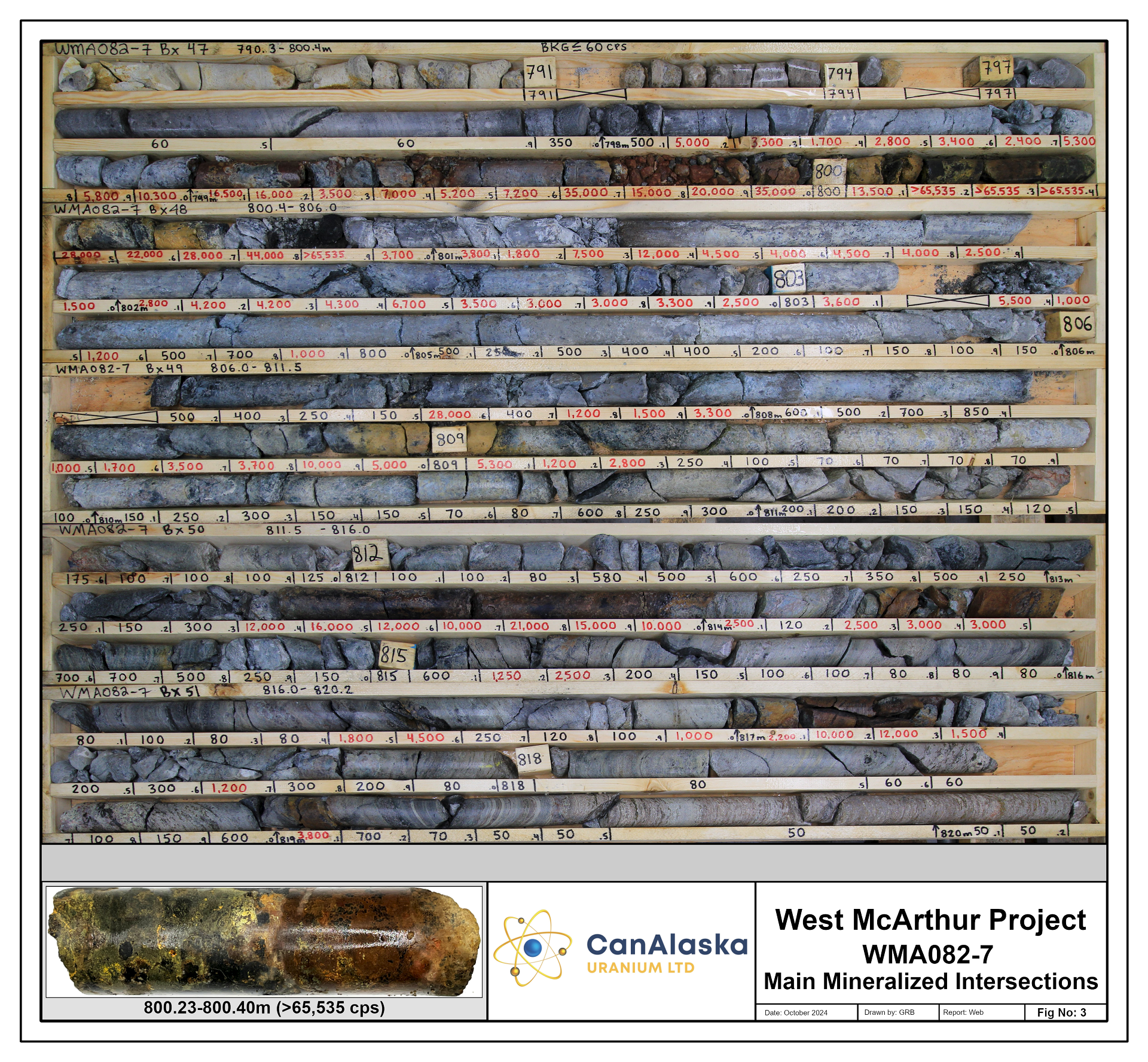
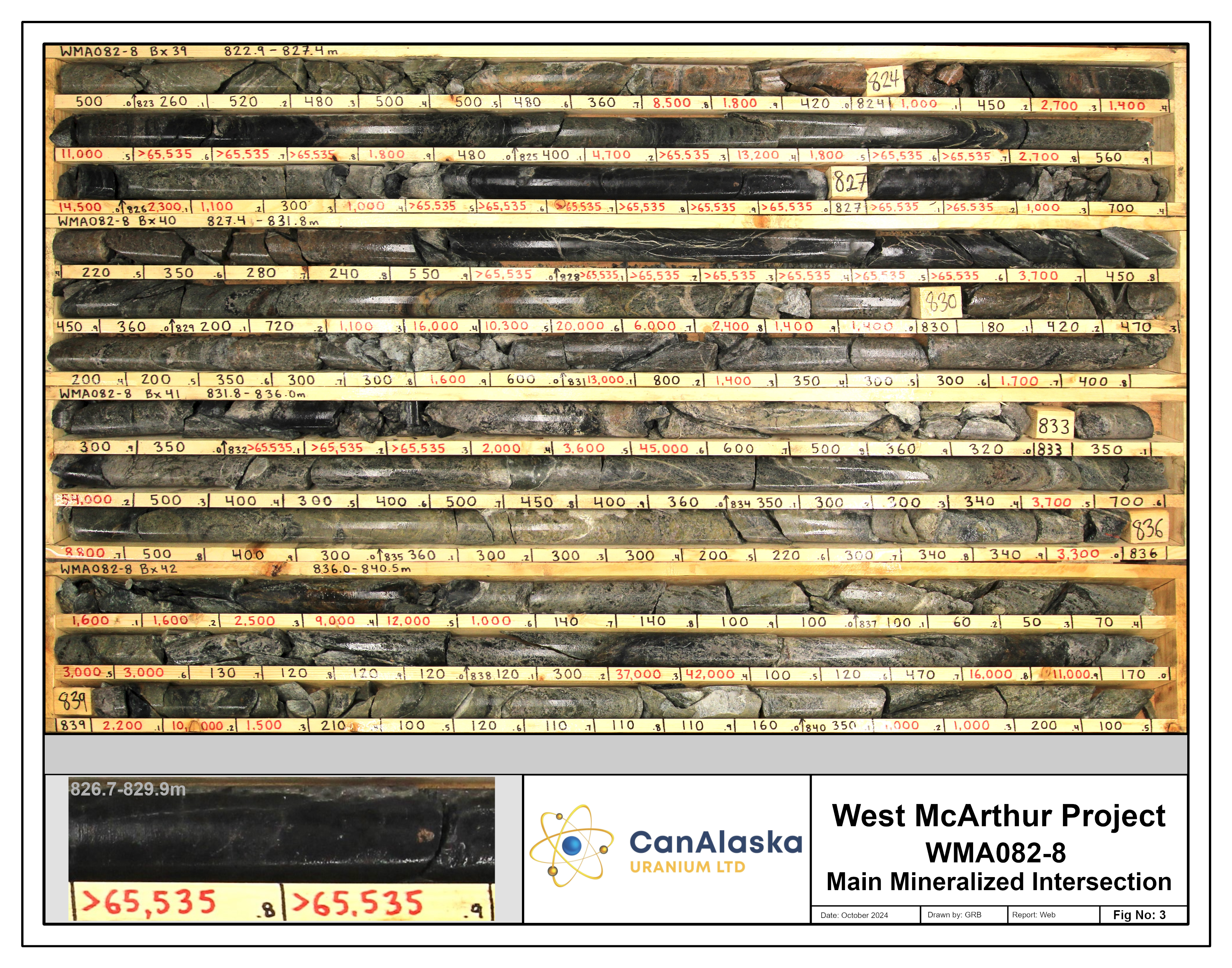
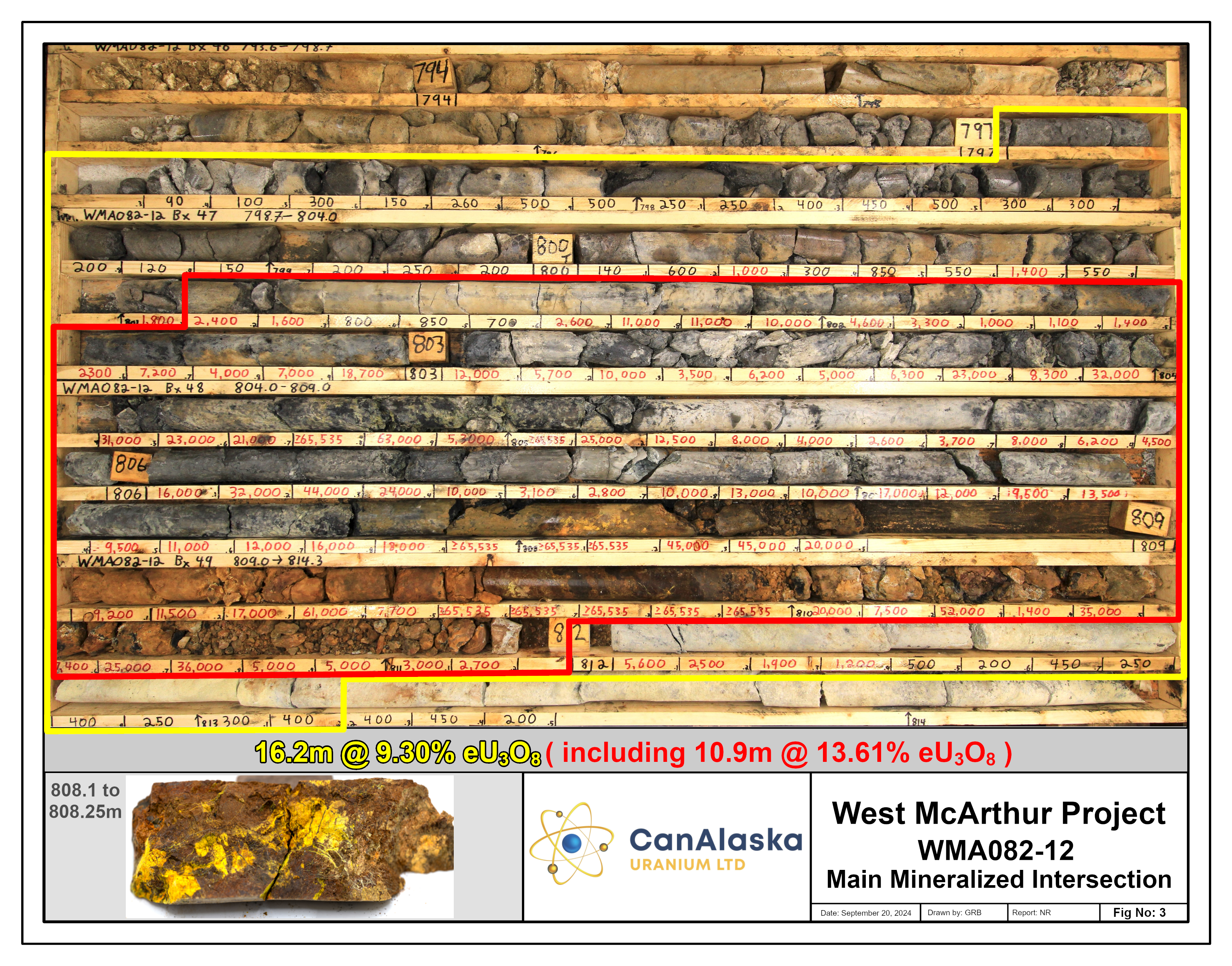
References
1 Refer to: IAEA-TECDOC-1857. Unconformity Related Uranium Deposits. International Atomic Energy Agency, Vienna, 2018. for information on the McArthur River mine
2 Refer to: Cameco Corporation Annual MD&A (year ended December 31, 2015) published on SEDAR+ February 5th, 2016, for information on the Fox Lake uranium deposit.
